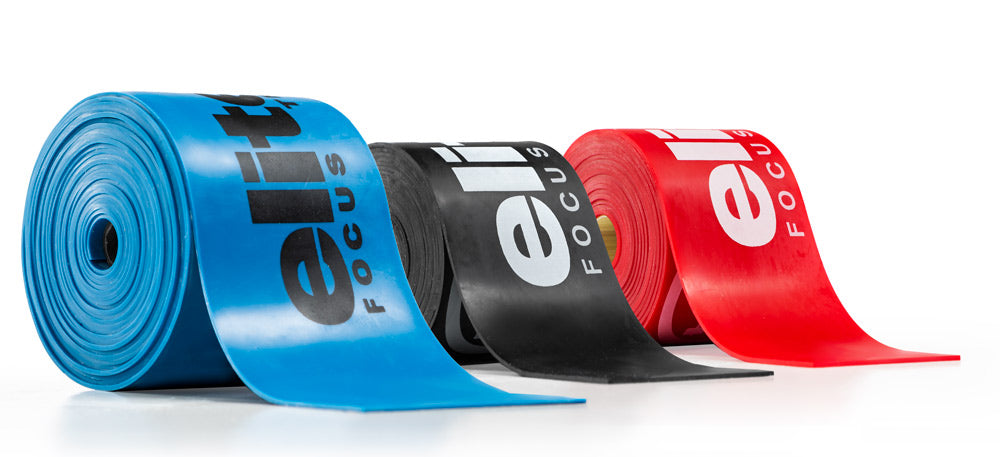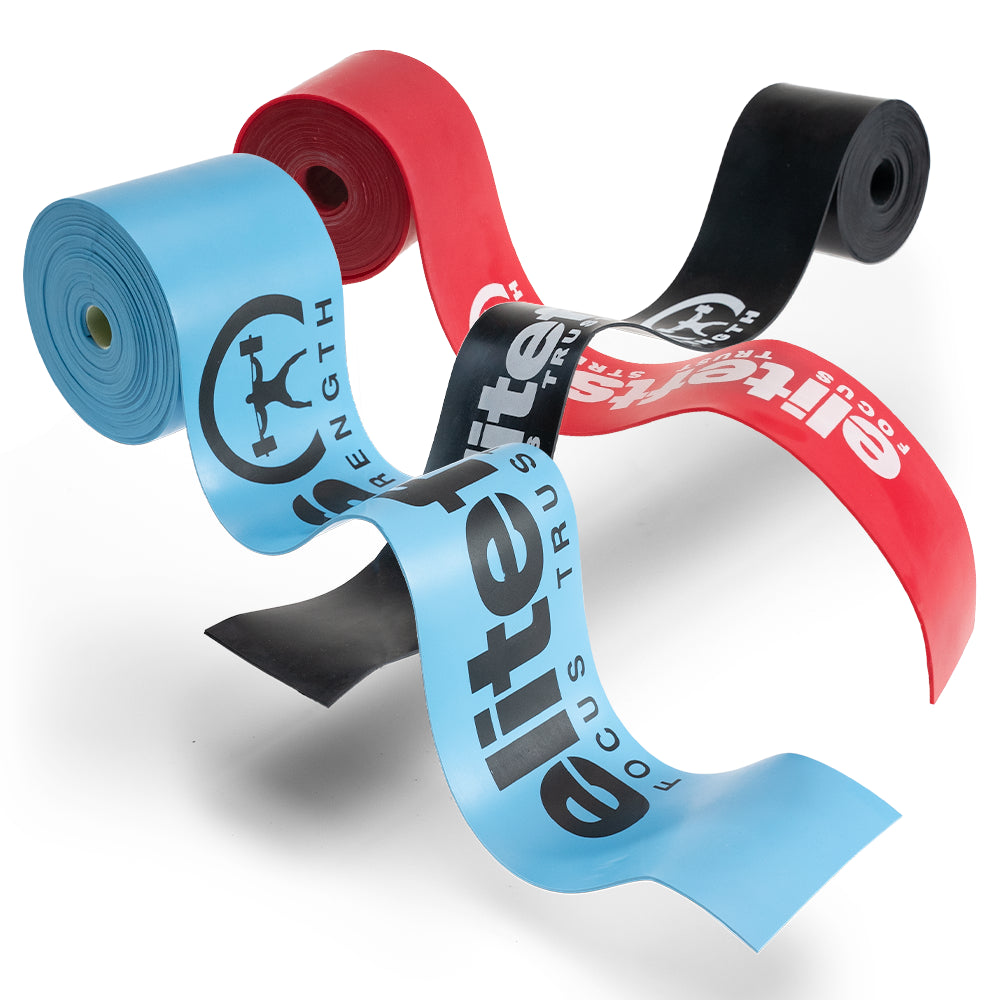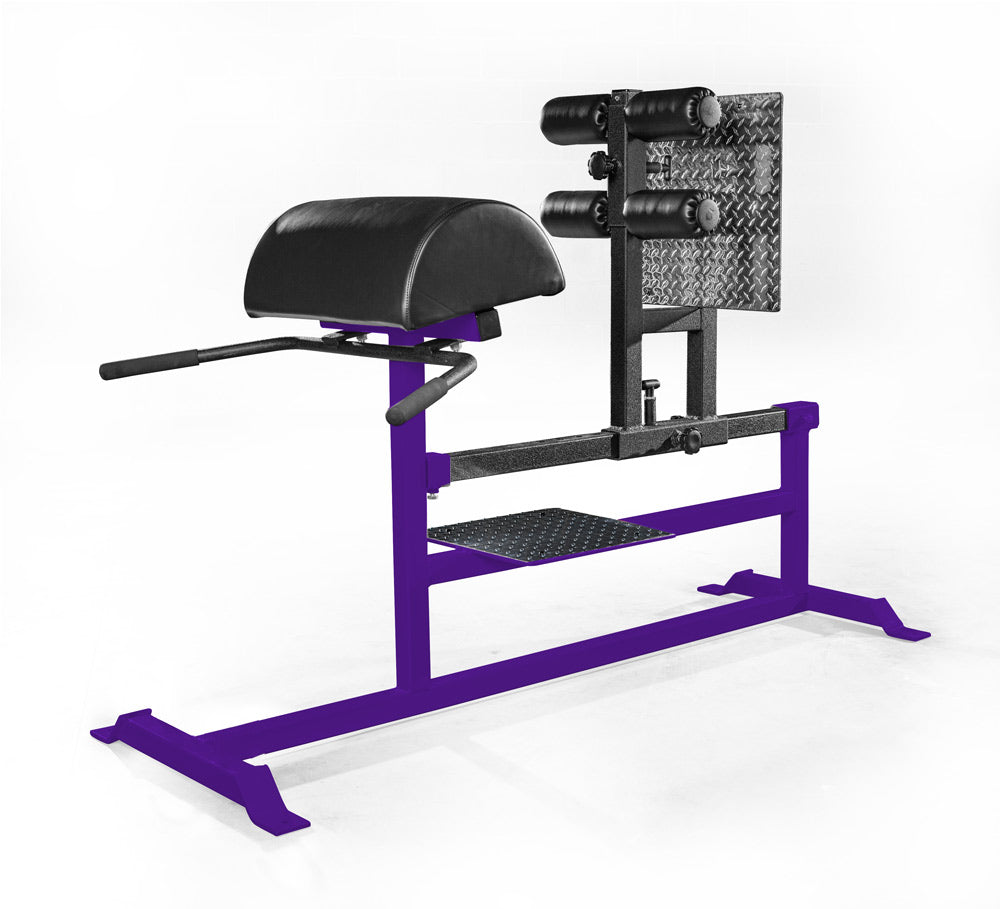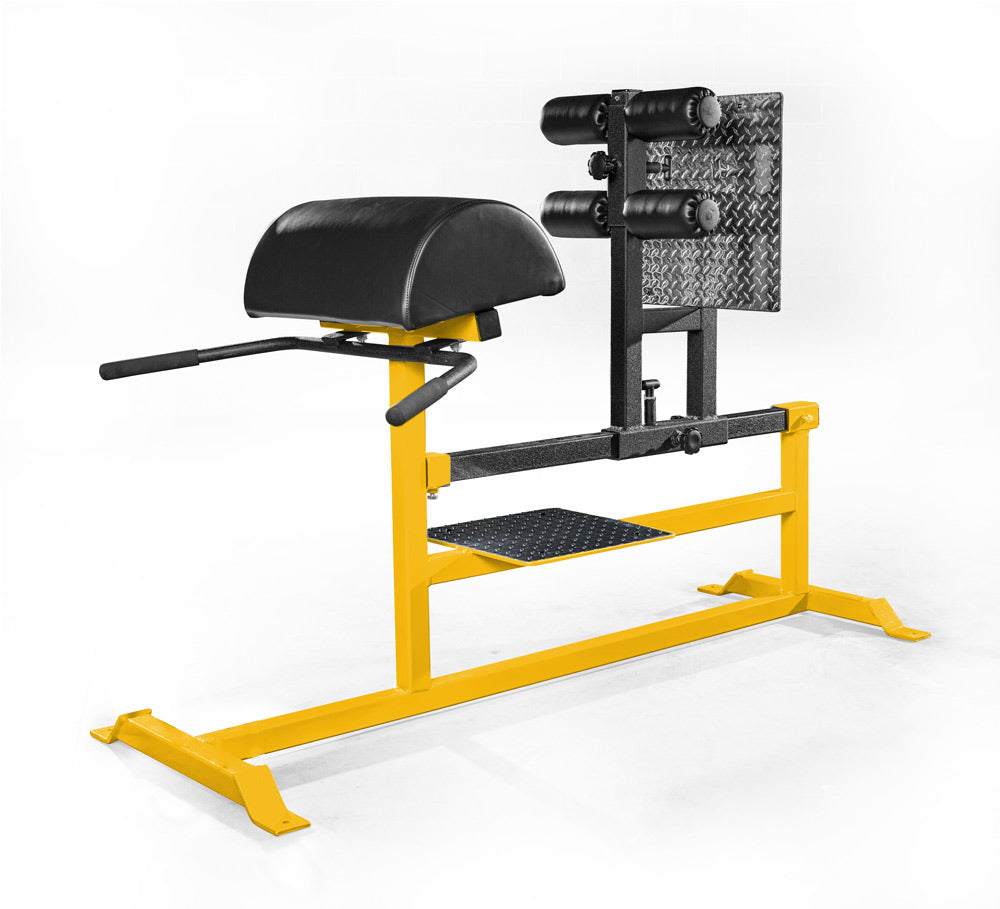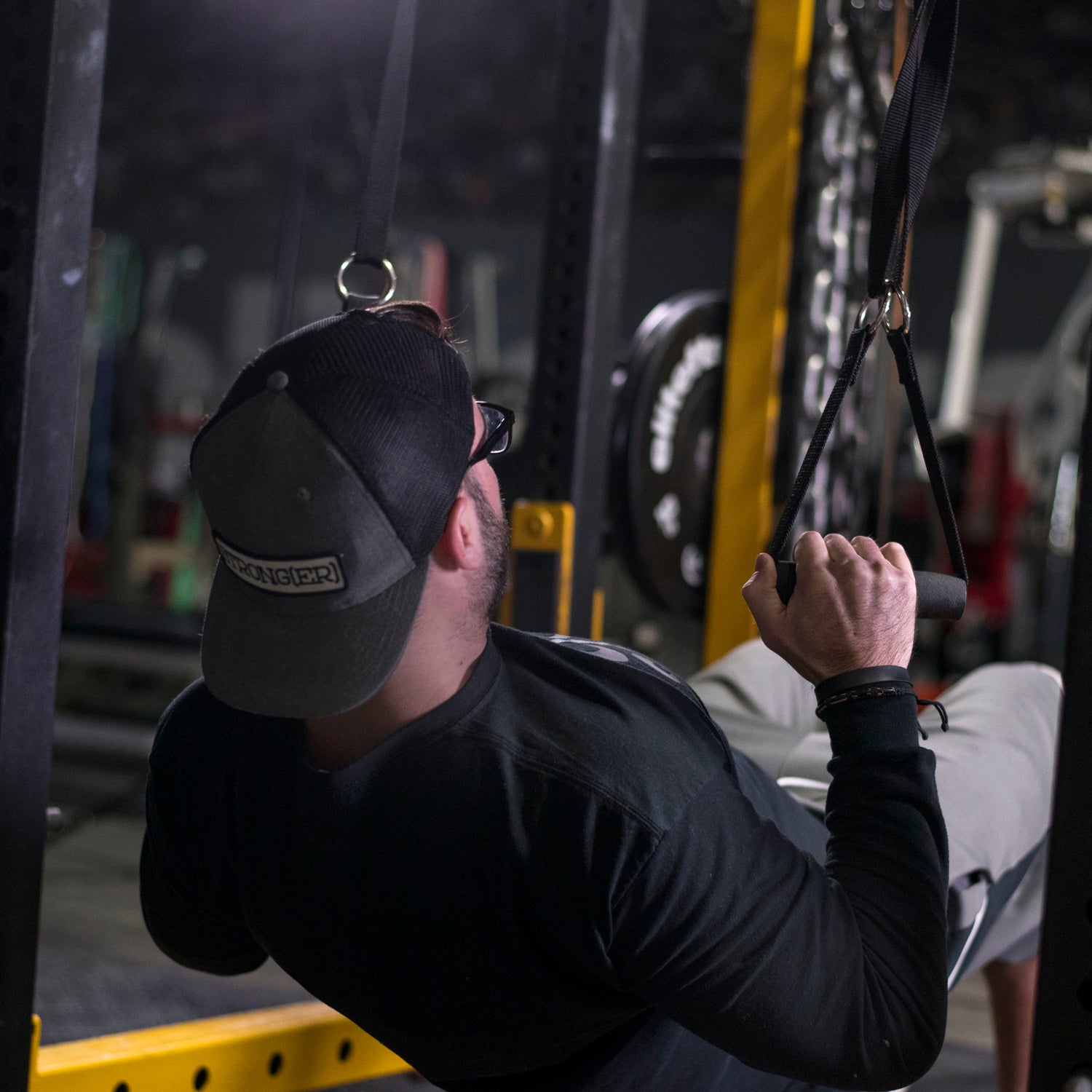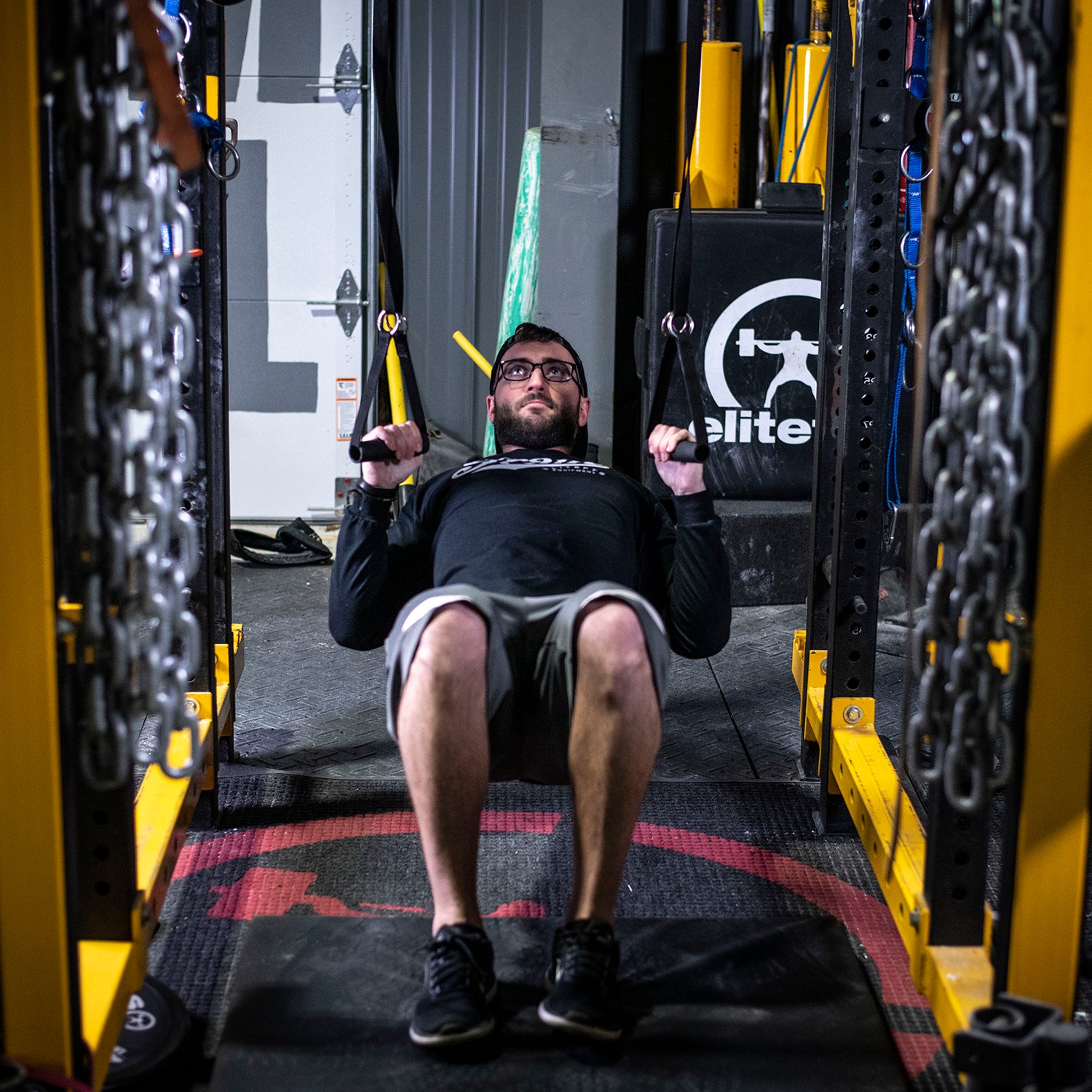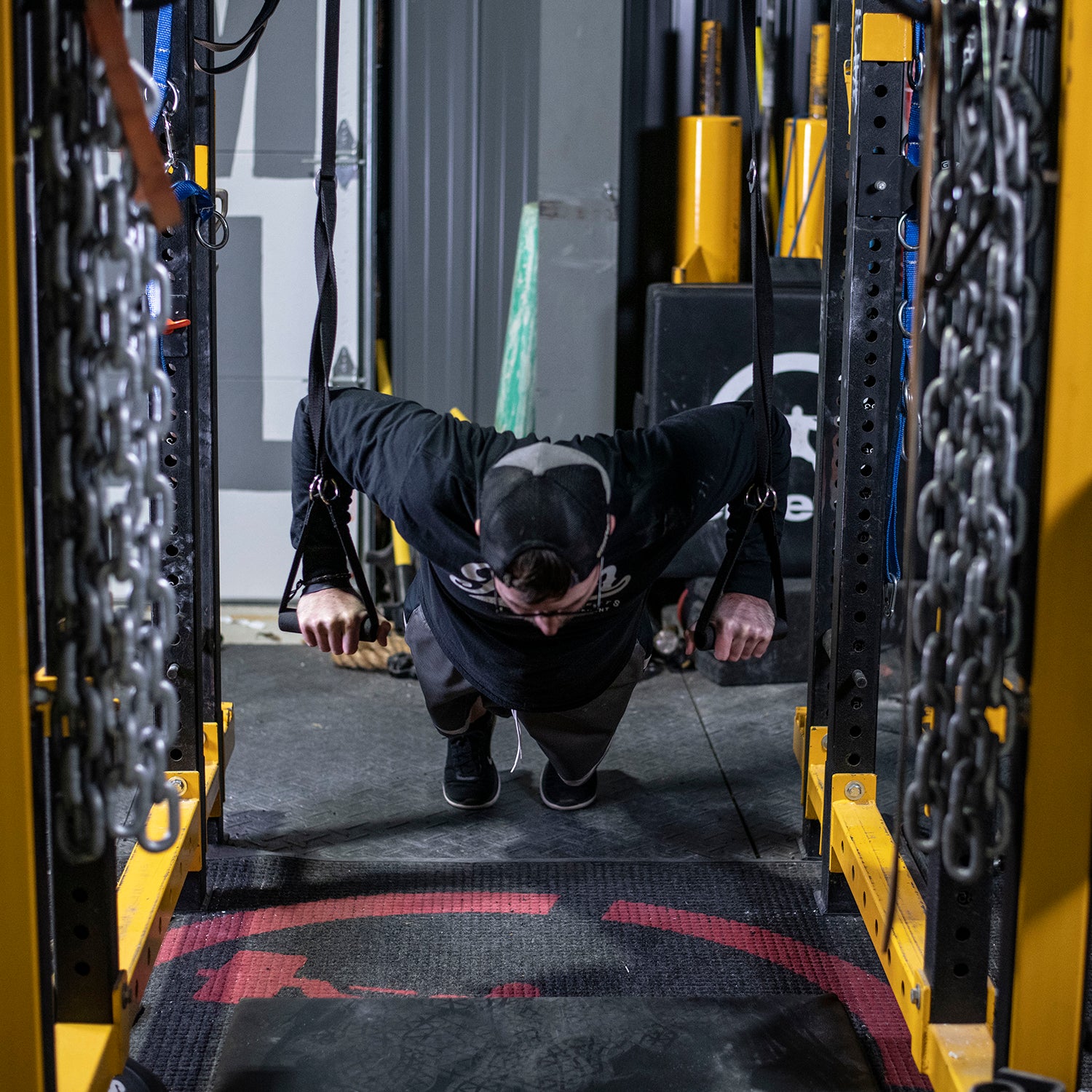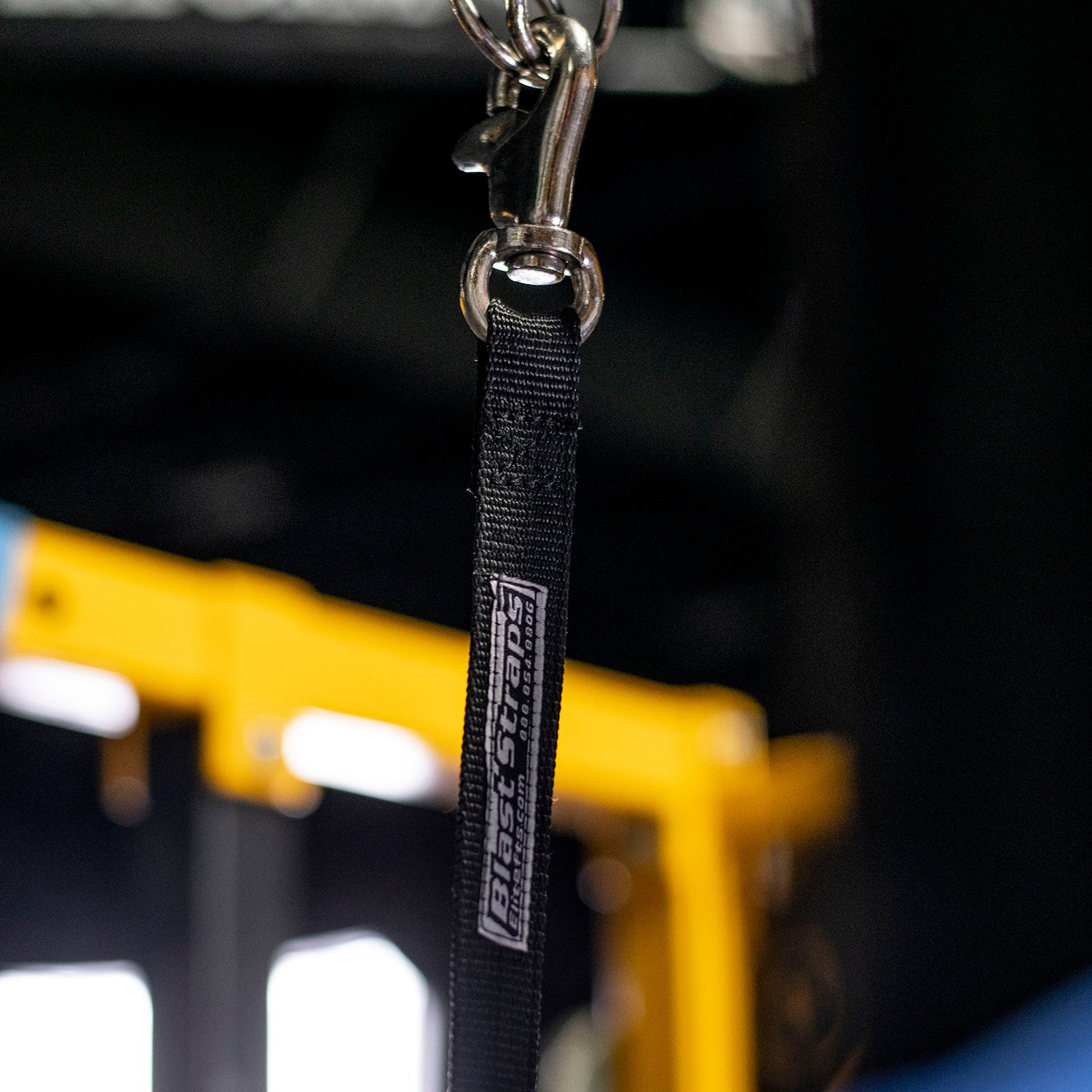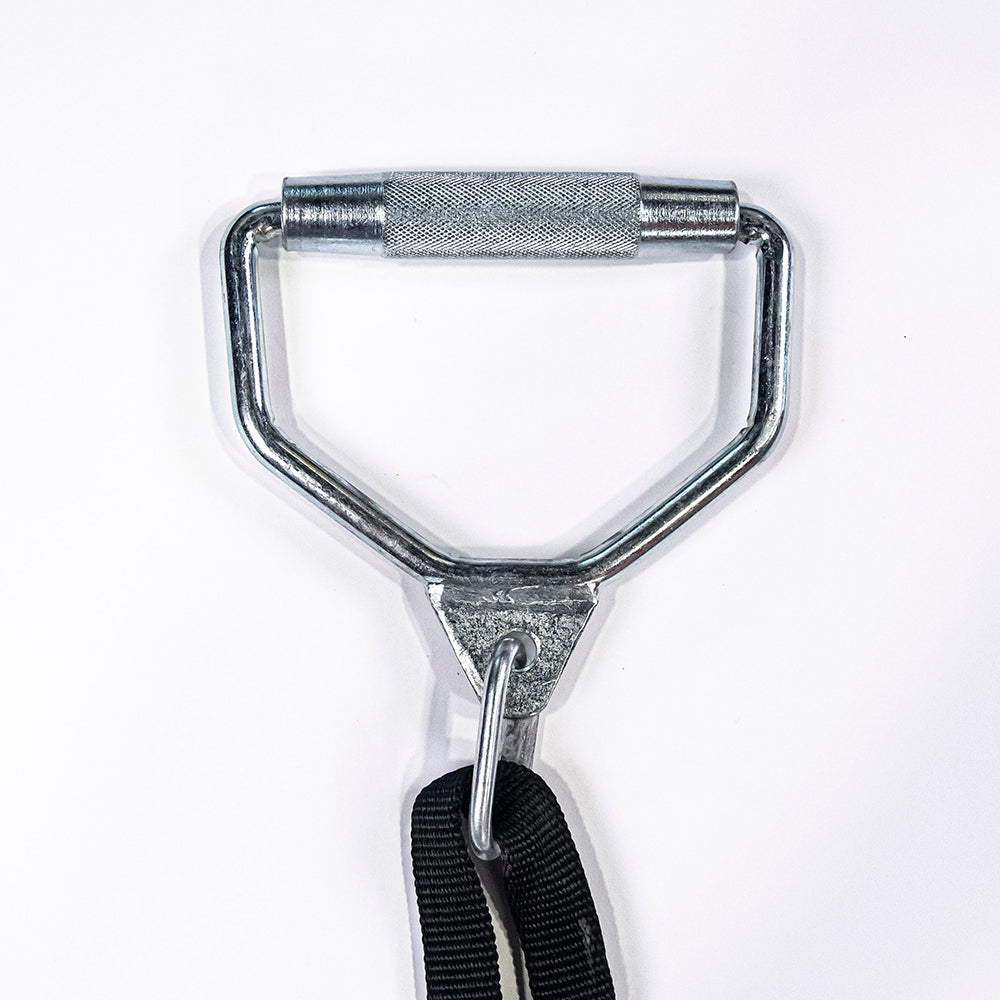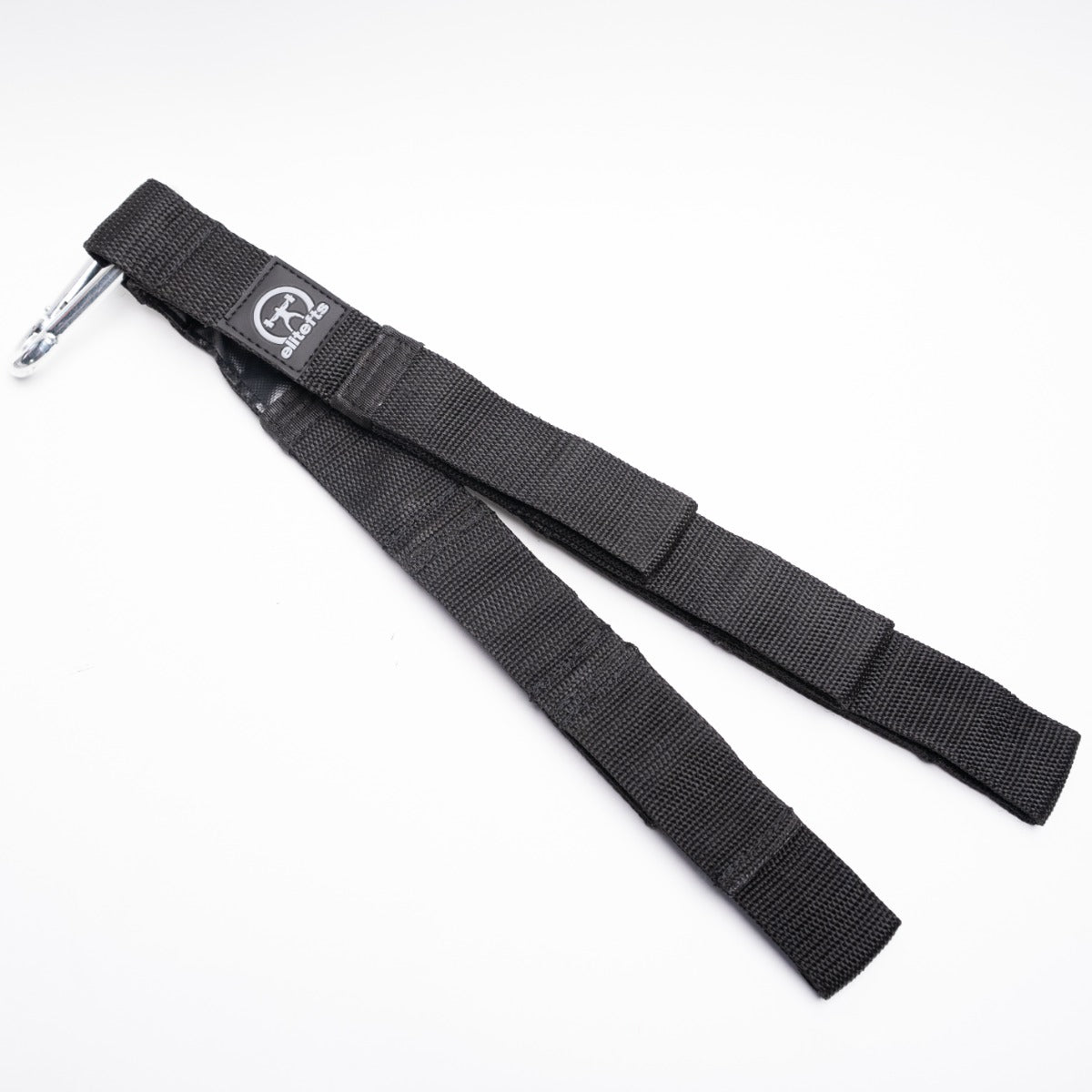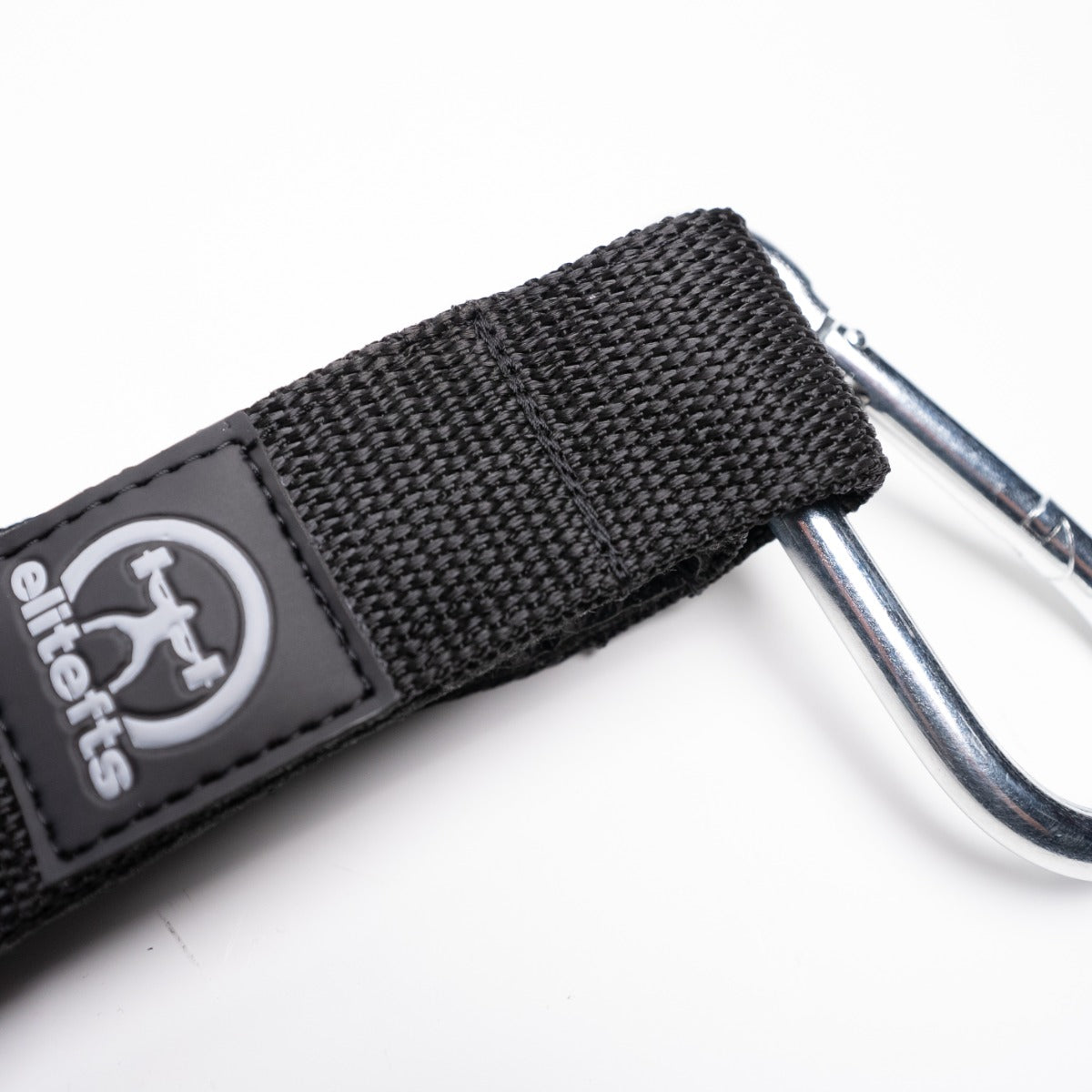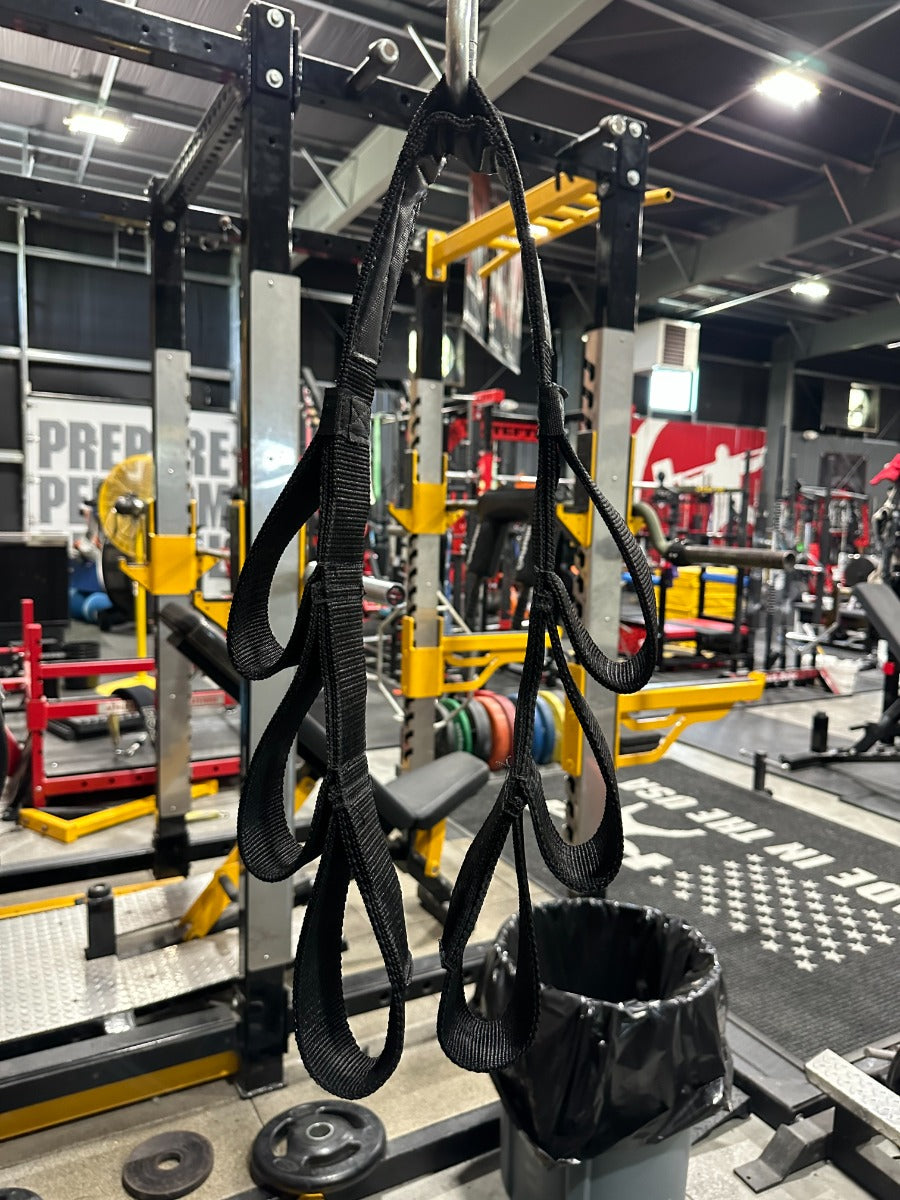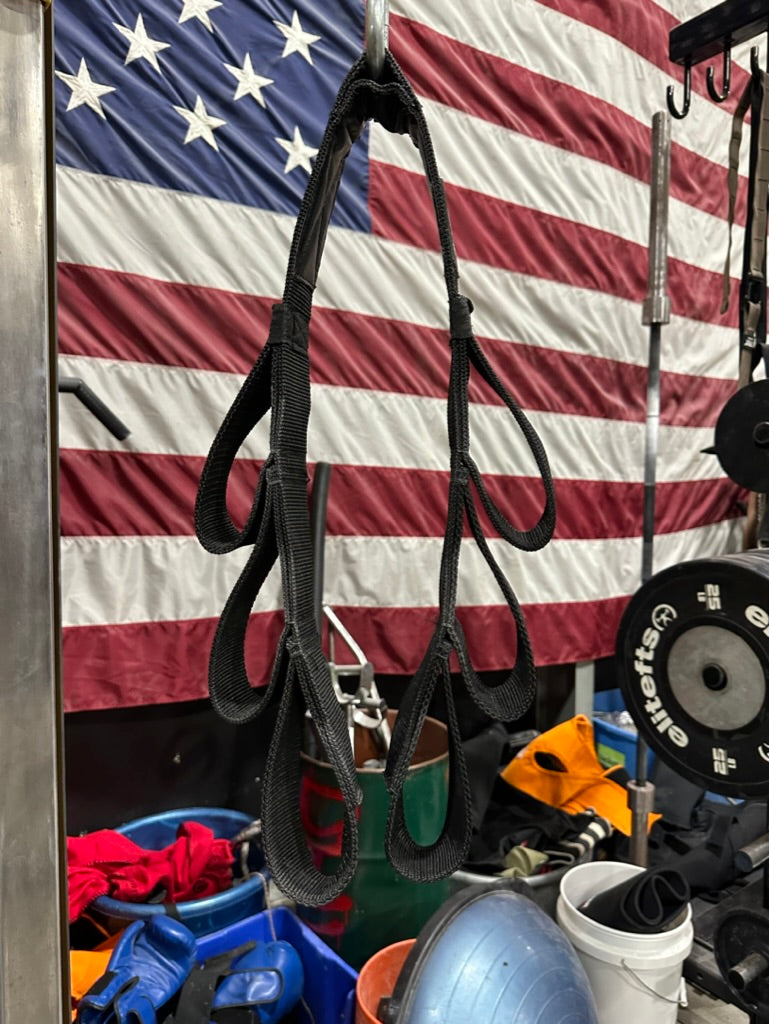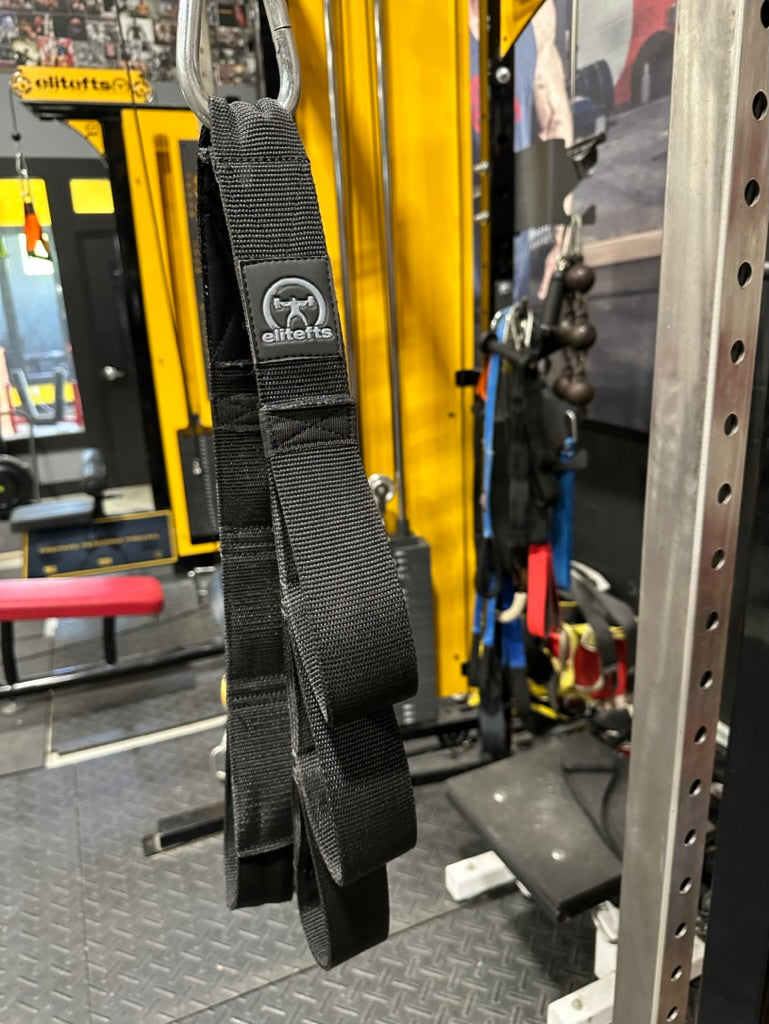For all the serious lifters out there wondering what they’ll do when they’re no longer able to handle the daily grind that their sport necessitates, I have a suggestion—teaching. Not as a strength coach, an athletic trainer, or even a gym teacher. I’m talking about high school algebra. Trust me. It would be a breeze. Think about all the calculations you do on a regular basis—this many sets times that many reps, that much weight converted into kilograms, this many grams of protein per serving. Whether you’re aware of it or not, a smart lifter can walk into any public school and run laps around their math teachers. I highlight the term “smart lifter” because any sensible trainee knows that if they aren’t keeping track of their numbers and making precise calculations and adjustments over time, you’re wasting your time. Simply put, in order to get to where you need to go, you have to know where you are first.
I was recently asked by a new client about changing up his routine. His strength had hit a plateau, and he wasn’t making any new gains. His goals were simple—get bigger and stronger. While he needs some work in terms of narrowing his focus because every meathead who walks into a gym wants to get bigger and stronger, I could tell his heart was in the right place. How? The numbers. I only need one hand to count the number of young lifters (I’m talking college age) who actually give a crap about their progress enough to write things down. This new client emailed me all his numbers from the past 46 weeks! That, ladies and gentleman, is a smart lifter. Now that I know where he is, I can begin to show him how to get where he needs to go. While you can measure things like intensity and time, the one variable you can’t quantify is effort. It’s the one factor that affects everything in the ultimate iron equation—[(Effort x Intensity)/ Time] = Progress. It’s simple. Without struggle, there’s no progress.
Intensity—percentage of 1RM
The body is a lot like the quiet guy in your office confined to his cubicle who goes about his daily routine without you hearing a word. He likes his little desk, his little computer, and his own safe little world where nothing bad happens. What do you think would happen if you decided to walk over to his desk and for no reason whatsoever knocked over his pencil cup (60 percent), threw his papers around (75 percent), or walked away with his mini stapler (90 percent)? He’d freak out by the time you walked away with his precious stapler. It’s similar to what your body goes through the more you put stress on it. The body likes its routine (a little thing called homeostasis) and doesn’t like to be bothered, but the moment something disturbs its tranquility, it’s forced to adapt.
Our office worker will either quit and find someplace safer to work or be damned if he’s going to let someone take his stapler. There are many ways to stress our friend here, and in the case of your body, sometimes more is better. What I mean is if you’re usually pumping out sets of eight or ten and you don’t know why you aren’t getting any stronger or aren’t putting any meat on your bones, I suggest you sit yourself in front of as many articles by Dave Tate, Jim Wendler, and others as humanly possible. You don’t have to be a powerlifter to know that lifting some serious weight is the way to pack some meat on your frame or, if done correctly, take some layers off. Don’t get fancy with it. Keep going up in weight until you can’t lift it up more than five times. If you hit six or seven with a certain weight, move up! It’s that simple.
It’s all relative—body weight ratio
What’s more impressive—the 200-lb former high school football player who can deadlift 415 lbs or the lean 175-lb guy who can deadlift the same amount for an easy triple? Call me crazy, but I’ll train with the latter (that is if I ever do meet up with Eric Cressey). Strength isn’t all about absolute numbers, which is why powerlifting and Olympic weightlifting have weight classes.
Strength is a very relative term because it’s determined not as much by how much mass you have as opposed to how efficiently you use the mass you do have. While the body weight ratio isn’t directly in the iron equation, it is coupled with effort (which will be mentioned later) as the example here shows. I know damn near every certification manual says that a greater cross-sectional area has a better potential for force production—true. But watch any competitive Olympic weightlifter in the 69-, 77-, or 85-kg weight class and tell me it’s all about muscle mass.
Stress factor—time under tension
Let me clarify this by saying that I’m not referring to tempo. It certainly has its place depending on where you are with your training and what techniques you’ve already exhausted, but I think it’s one of those things that some lifters pay too much attention to. All of these numbers are a simple way to measure your training effort and intensity over time (i.e. [(E x I)/T] = P, P equals progress).
With time under tension, I simply refer to how long you’re doing the lift. Two lifters can squat 315 lbs for 10 reps and still have some gas left in the tank, but if one lifter just decides to squat 315 lbs, not caring about how many reps he’s doing but simply how long he’s going for, he may end up busting out four or five more than just following a simple set X rep scheme. Your muscles don’t care if you’re doing sets of three, seven, or 16. It will tell you when you’re tired when it’s been doing a certain exercise relative to the intensity for too long. Still think the idea of sets X time is hogwash? Tell that to Mr. Dave Tate in his greatest gains ever.
The X factor—effort
Allen Iverson is one of the most polarized figures in all of sports. He’s listed at six feet and 165 lbs, though those are generous numbers at best. He frequently throws himself at opponents twice his size, dives at loose balls, and has played through a laundry list of injuries and ailments throughout his career. However, if there is one thing critics and fans alike respect from the man, it’s his heart. Every time he is on the court, he gives everything he has to win. Are you doing the same every time you step into the gym? If not, you have the answer to why you aren’t where you want to be.
While the list isn’t exhaustive, it’s something I and my clients lift and die by. Of course, none of this means anything, unless you have effort. Take the time to find out where your training is at right now and ask yourself—are you giving it everything you’ve got?
Elite Fitness Systems strives to be a recognized leader in the strength training industry by providing the highest quality strength training products and services while providing the highest level of customer service in the industry. For the best training equipment, information, and accessories, visit us at www.EliteFTS.com.


























